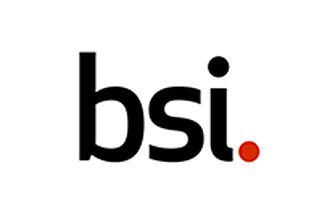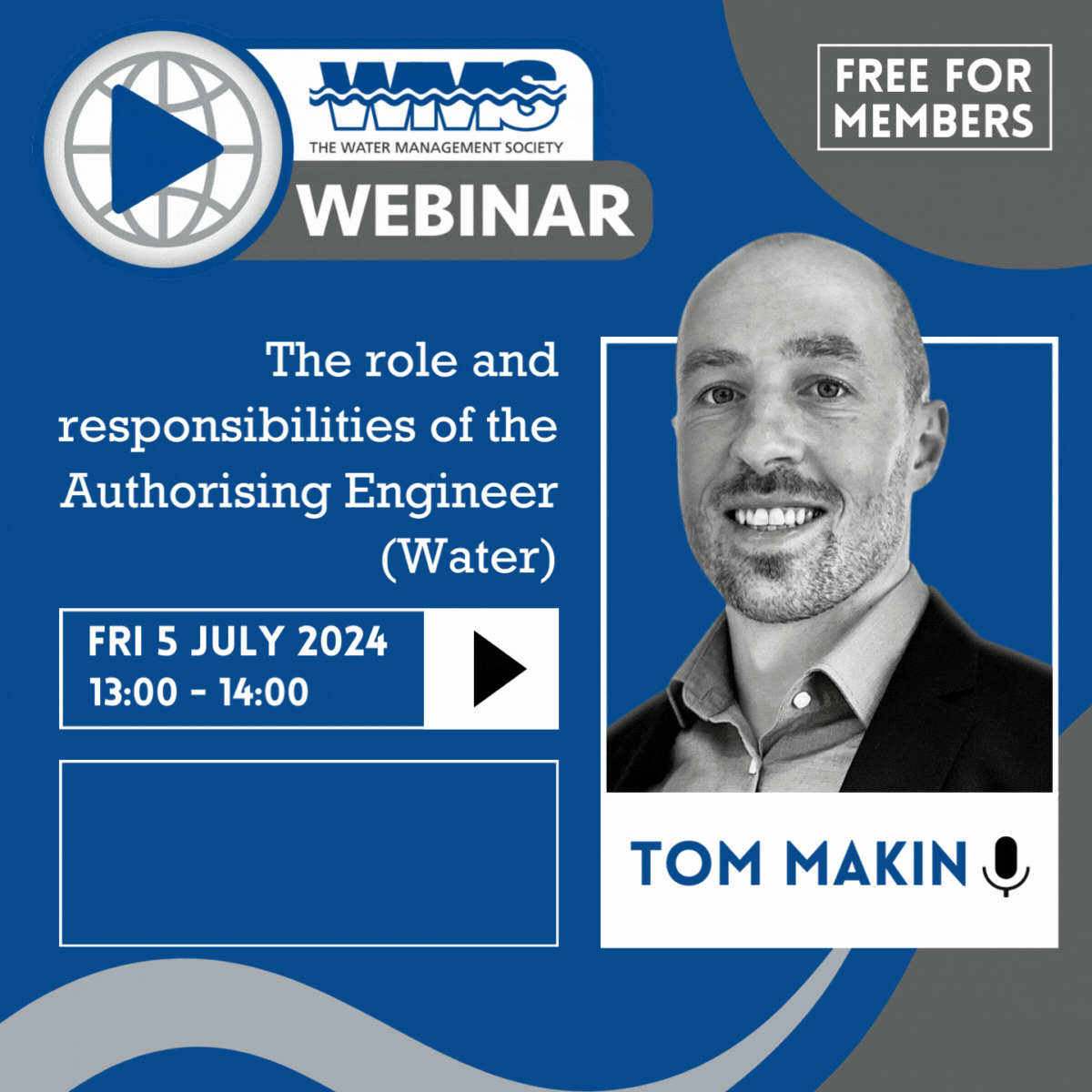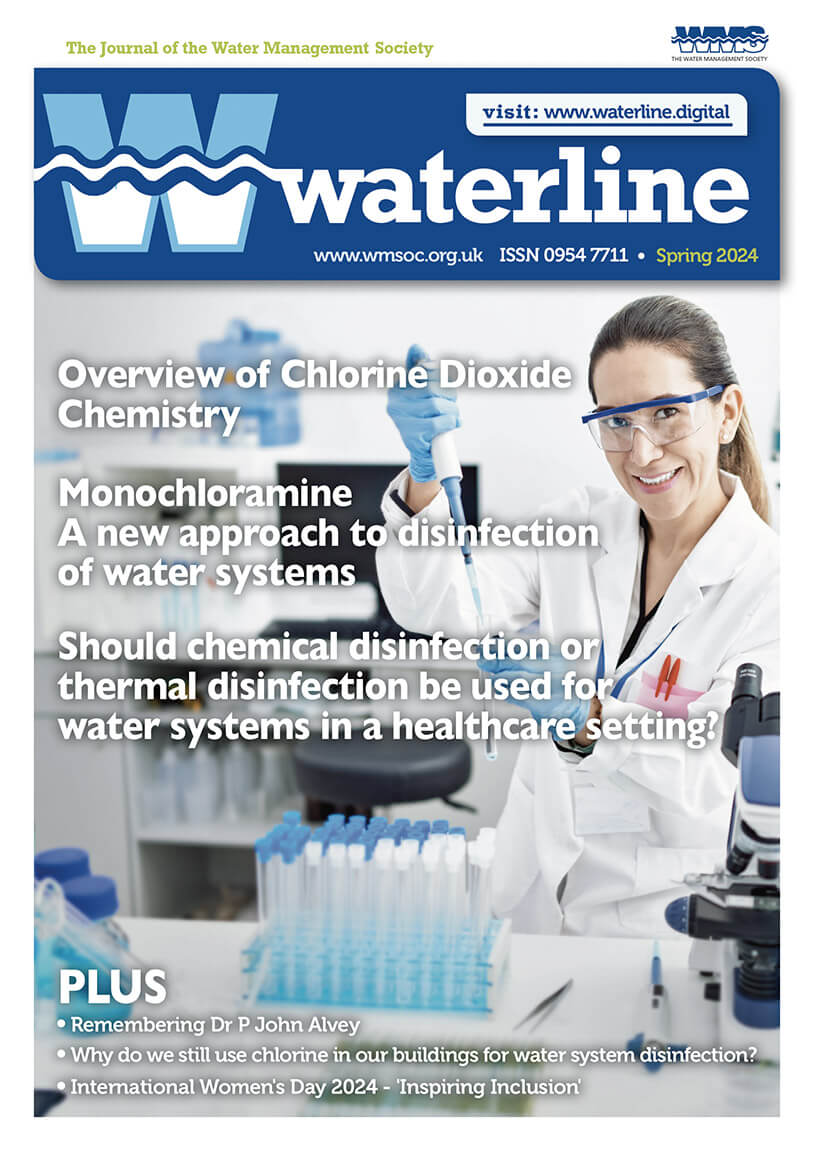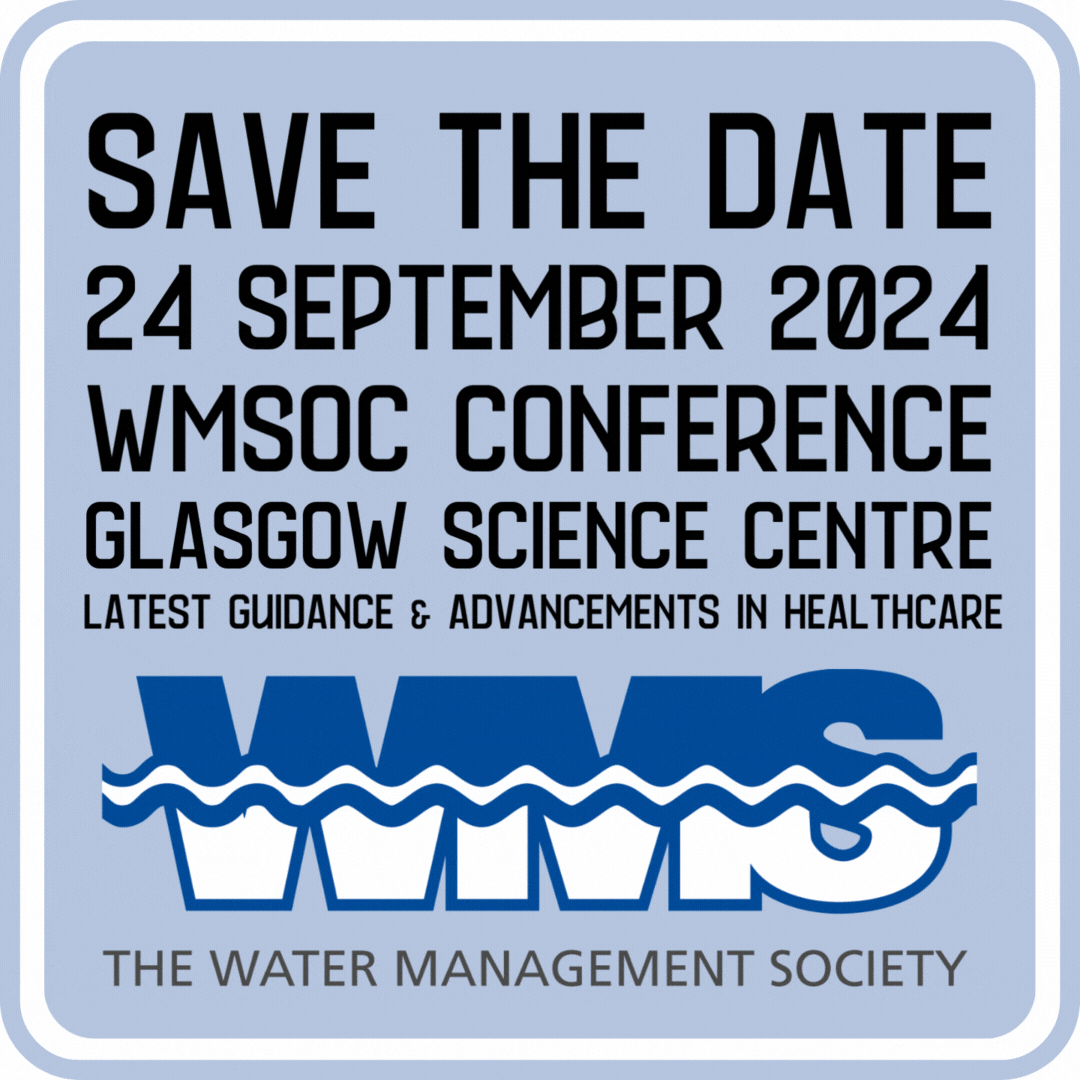The incidence of Legionnaires’ disease (LD) has been on the rise for more than 15 years, with notable racial and geographic disparities, according to a study published online Feb. 16 in Emerging Infectious Diseases. Read the full article here
Product Launch: Film forming amines.
This all-in-one solution offers low-dose, cost-effective treatment. Improves heat transfer efficiency by removing corrosion deposits, leading to cleaner surfaces. Enhances energy and resource efficiency by reducing Total Dissolved Solids (TDS). The stable film provided by polyamines ensures superior corrosion control, promoting longer equipment lifespan.
Plus - environmentally friendly, offering a greener alternative to traditional treatments.
Contact us on ownlabel@bvwater.co.uk for further information.




















